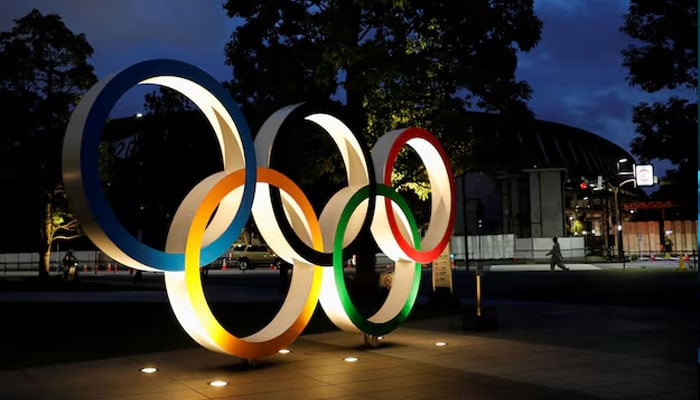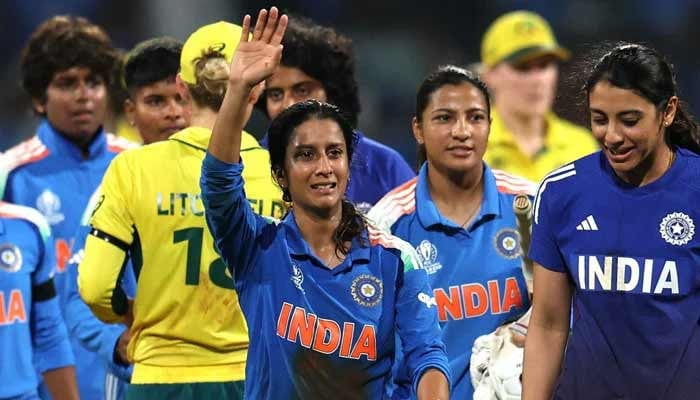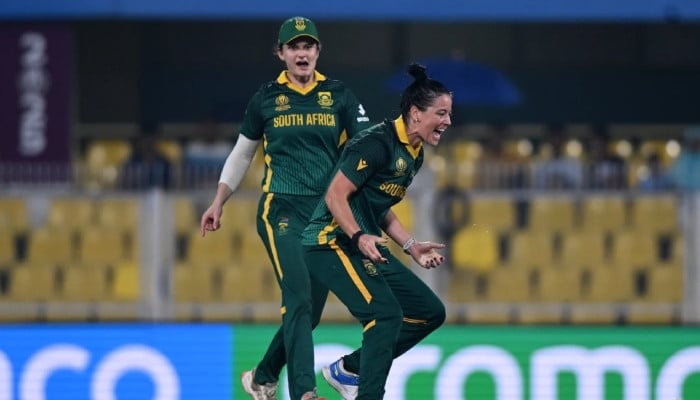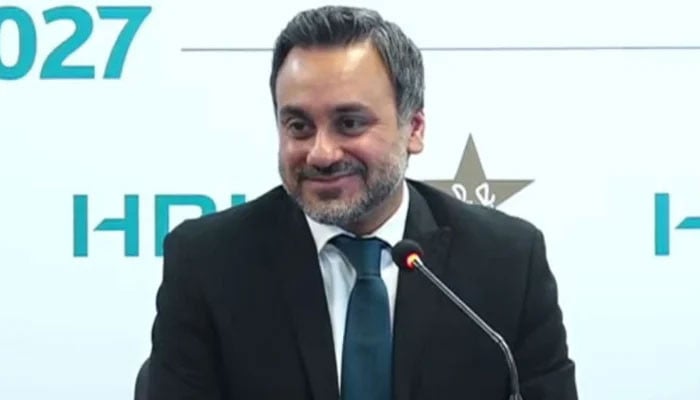Increasing the use of drugs at Indian athletes has shaken the reputation of the country, and is mentioned in the world’s worst doping coders pushed his ambition to organize the Olympic Games in 2036.
The International Olympic Committee (IOC) has expressed concern about the number of Indian competitors who use performance -enhancing drugs and that also has the most famous athlete in the country.
The Olympic Javelin champion Neeraj Chopra from 2021 made a blunt admission earlier this year.
“Doping is a big problem in India with our athletes,” he told the local media and said that instead they “have to eat well, rest well and work hard”.
The Indian Olympic Association (IOA) formed a new anti-doping panel last month after the IOC had marked the bad record of India.
The government has adopted a new national anti -doping law that is aimed at sharpening enforcement, expanding test facilities and “ensuring the highest integrity standards” in sport.
“It is clear that the IOC would like to ensure that the host has a robust doping policy and administration when awarding the games to a country,” said Michael Payne, former IOC marketing director, AFP.
The World Anti-Doping Agency (WADA) lists India among the worst offenders among countries that submit more than 1,000 samples.
The National Anti-Doping Office of India, Nada, insists that the figures reflect more aggressive tests in the nation of 1.4 billion people.
From 5,606 samples collected in 2023, 213 came back positively.
The synthetic steroid stanozolol is the most used forbidden substance taken by Indian athletes, experts say.
Careers at stake
Despite its enormous population, India has only won 10 Olympic gold in its history.
Experts say that despair to add that and escapes poverty is a reason why some Indian athletes are willing to risk doping.
Success in sport can be a ticket for coveted jobs in the government, often with the police or forces.
That offers lifelong financial security after the end of their sports career.
“Athletes know that they can be punished but still put their career at stake,” said lawyer Saurabh Mishra, who defended athletes in doping scandals.
“(They know that) Getting a medal will help them conquer a job with the government.”
Athletics leads the doping violations of India, followed by wrestling, where 19 athletes were recently banned.
In July, among the 23 wrestling champion and Paris Olympics, quarter -final Reetika Hooda tested positive and was suspended for the time being.
Mishra said that some athletes are victims of ignorance and forbidden substances consume through supplements or medicines, but others consciously take risks.
Sometimes they are encouraged by their coaches to dope.
Sports medicine -expert Saranjeet Singh, who has written extensively about doping in India, said that a recent increase in violations was only partially due to stricter tests.
“They cannot reach the performance level that they want at international level and use prohibited drugs for a short cut,” Singh told AFP.
Larger obstacles
India is now confronted with a race to prove its credibility, because it competes with people like Indonesia, Turkey, Chile and Qatar for the 2036 games.
The former IOC marketing director Payne noted that many Olympic Olympic hosts had checked doping history in the past.
Although doping is a problem, the larger obstacle of India is to organize an Olympic Games elsewhere, he said.
“The bigger problem is trust in the general operational delivery options of the host, and India has a lot of work to do there,” Payne said.
He referred to the Commonwealth Games 2010 in New Delhi, of which memories still linger.
“That is the biggest obstacle that is confronted with India’s offer,” said Payne.






